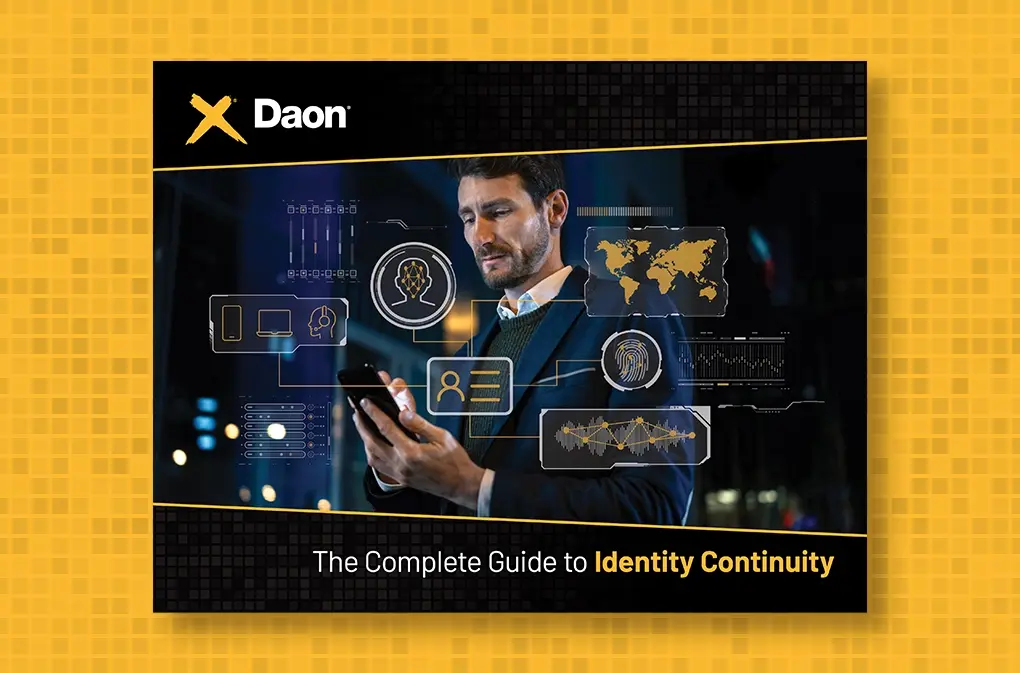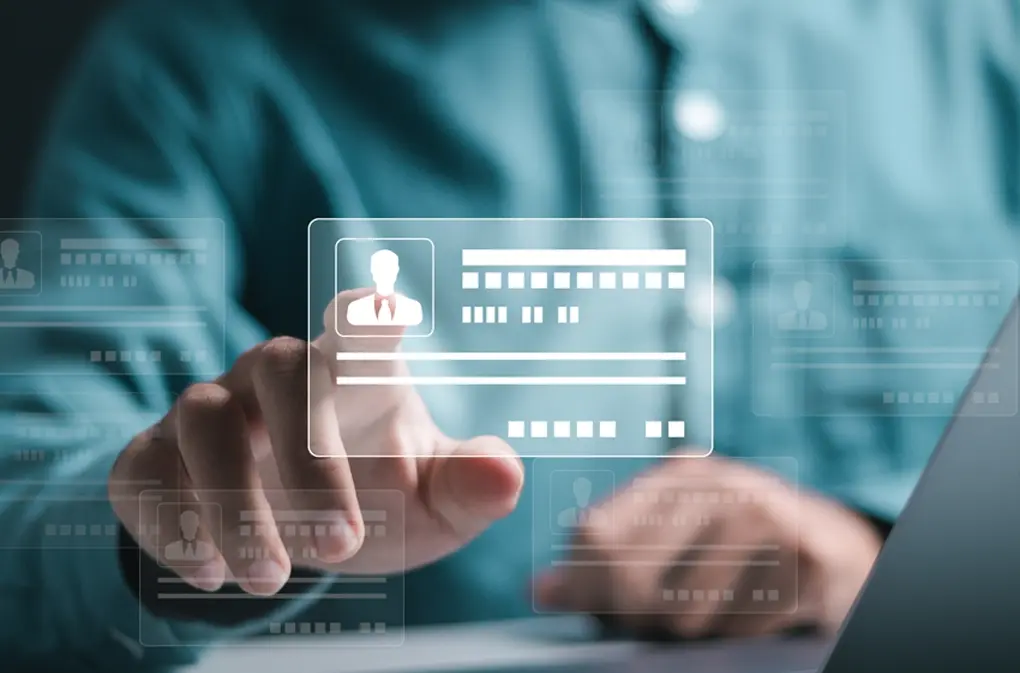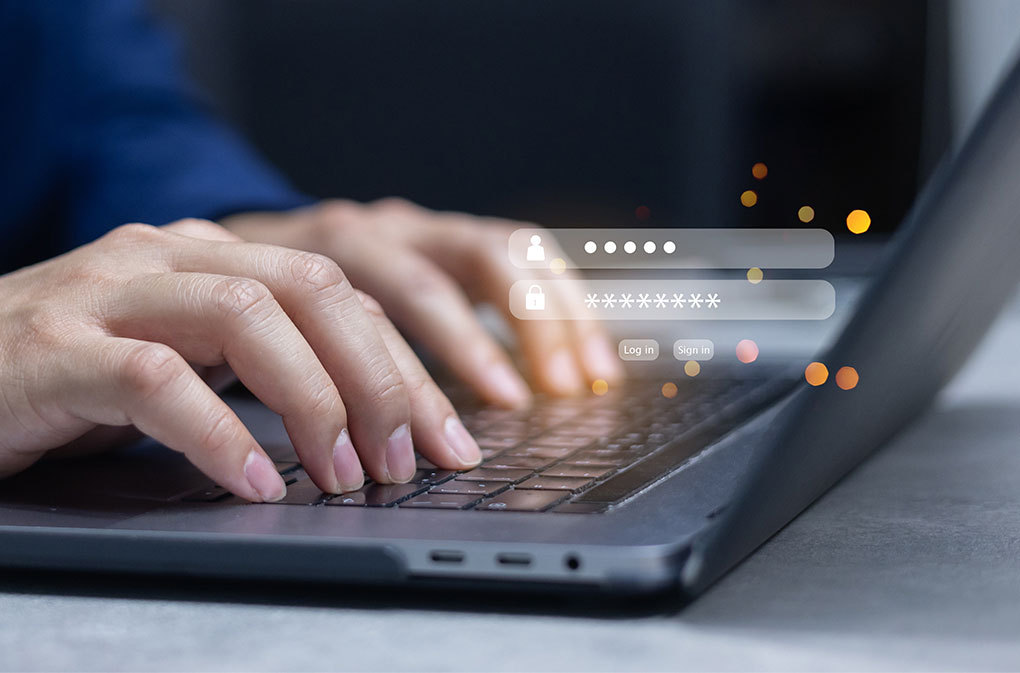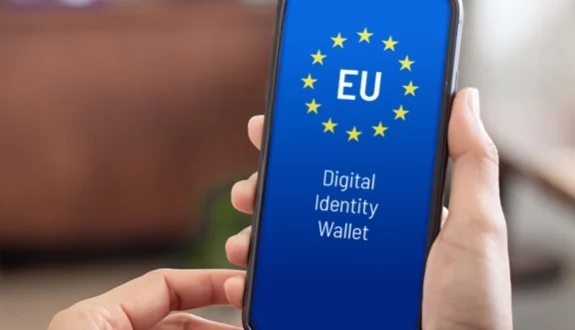The Passport-less Era: Biometrics, Digital Wallets, and National ID Schemes in the UK and Beyond
The earliest passports were simply letters from the ruler of a territory granting the person who carried them safe access to their realm. According to The Guardian, the earliest mention of such “safe conduct” in British history occurred during the reign of Henry V in a 1414 Act of Parliament. After World War I, the League of Nations championed the idea of a worldwide passport standard to allow citizens of one country to travel to another.
In the years since, passports have become highly sophisticated documents that not only allow unfettered access to the world but act as a valid form of identification at home and abroad.
Yet there’s a direct line from the safe conduct letters of old to today’s passports in that, for the majority, a modern passport is still a physical document that must be carried by the traveler. This can make document verification processes at an airport tedious, and clearing passport control is a time-consuming process that stands between the traveler and their plans. That’s one reason we are seeing the rise in digital passports and passport biometrics across the UK, the US, and other countries.
The need to carry a physical document also makes passports vulnerable to theft and misuse and increases the challenges of ensuring border security in a world where hundreds of thousands of passports are lost or stolen every year. In the UK alone, where 50 million people hold passports, 400,000 of them are reported lost or stolen annually.
According to Condé Nast Traveler, more than 300,000 U.S. passports are lost or stolen each year. In its Passport facts 2022-23, the Australian Department of Foreign Affairs and Trade wrote that over 14.2 million Australians have a current passport and that 35,000 of those passports were reported stolen in that same period.
Dangers of Losing Passports
Selling stolen passports can be lucrative. A Comparitech survey of passport prices on the dark web found “Authentic, state-issued passports are hard to come by and cost a lot, ranging from $8,216 (Germany) to $17,116 (UK).” As a comparison, the average price of a fake physical passport was $1,476.
Whether fraudsters steal the passport themselves or buy it off the dark web, these activities open the door to many different crimes and enable crooks to undermine border security. Interpol notes that stolen and lost passports can help terrorists and international criminals cross borders undetected, fugitives escape justice, and human trafficking networks get their victims across borders.
Interpol added, “Even if no one tries to travel on your passport, it could still leave you vulnerable to identity theft. Someone could use your passport for criminal purposes, such as opening a bank account as part of a money laundering process.”
Ushering in A Passport-Less Future with Biometrics
There has been a natural progression towards the use of automated kiosks in places like airports, stadiums, cruise ship embarkments, and other high-traffic, high-security travel areas. Even at airports without biometric capabilities (the ability to scan a traveler’s face, iris, or fingerprint) built into their kiosks, automated checkpoints like these have been allowing travelers to scan travel documents for years and demonstrate taking first steps towards full biometric automation–the kind that would create a truly seamless travel experience for people around the world.
Since 2007, passports have contained RFID chips that include the personal information printed on the passport’s data page and a biometric factor, such as a facial image or fingerprint, that’s read when the passport is scanned by an automated reader or a border control officer. Biometric identity verification increases passport security, making it harder for criminals to misuse them, but it doesn’t ease the traveler’s burden all that much.
Even when the airport has automated readers, travelers still need to make sure the passport is accessible in a pocket or bag (without being so accessible that it can be easily stolen), stand in line waiting for a reader, and, after the passport has been scanned, wait to be approved by a border control officer.
In its 2023 Global Passenger Survey (GPS), the International Air Transport Association (IATA) found that speed and convenience are a top priority for travelers. But it seems impossible to achieve the speed and convenience travelers want, as well as the level of border security countries need, by taking a traditional approach to passport processes.
IATA’s Contactless Travel Initiative is just one example of a program that aims to usher in the next era of seamless travel. It’s based on two core concepts: Digitalization of Admissibility and Contactless Travel. The initiative allows travelers to “digitally obtain authorizations in advance of travel directly from the destination government and demonstrate to the airline their admissibility to travel” and “share their live biometric image and journey information in advance” without needing to show physical documents at touchpoints during their travels.
The UK is the latest country to envision a future with biometrics for passports. According to The Guardian, trials are expected to begin at airports this year to replace passports with facial recognition. Phil Douglas, Director General of the Border Force, told The Times of London that he had been impressed by similar systems in Dubai and Australia. “I had to apply for an electronic travel authorization in advance and used my smartphone to read the chip in my passport. That sent the image of me in the chip to the Australian authorities. When I arrived in Australia, I didn’t even have to get my passport out of my bag. It is a really interesting concept.”
Singapore’s Changi Airport is much farther along and plans to introduce an automated immigration clearance system later this year, which will enable passengers to leave the city-state using only biometric data and no passports. According to CNN, “Biometrics will be used to create a ‘single token of authentication’ that will be employed at various automated touch points–from bag drops to immigration clearance and boarding–eliminating the need for physical travel documents like boarding passes and passports.”
In its article “The Future of International Travel is Passport-Free,” Condé Nast Traveler wrote of the Changi experience, “Instead of presenting a passport to an immigration officer at a kiosk, passengers will simply step up to the automated checkpoint for a facial scan that verifies their identity without needing an exit stamp.”
Facial recognition systems like those at Changi combine biometric & physical validation, comparing the live face of the person standing at the checkpoint with a facial scan template created at an earlier time, such as when a person applying for a passport or ID.
In the same IATA survey that named speed and convenience as top traveler priorities, 75 percent of passengers queried wanted to use biometric data instead of passports and boarding cards. This reflects the comfort that people have gained with using biometric verification as our lives have become more digitized. For example, the “Biometric Authentication in the Age of Mobile” study by PYMNTS.com and AWS found that “more than half the users who completed online purchases used biometric validation to authenticate their transactions.” For 30 percent, that meant facial recognition; for 50 percent, a fingerprint.
Trends Driving Wider Acceptance of Biometrics
The pandemic served as a robust accelerator for digitization and digital IDs in the travel industry. Passengers and users who embraced pre- and post-travel (off-airport) checks proved that there was not only a want but a need for digital identity services–including biometrics and document verification–to reduce the friction so many of us experience during travel.
Similarly, many consumers, whether they’re traveling, making online purchases, accessing their digital bank account, or even unlocking their device, have come to understand that biometric verification offers more convenience and security than passwords, PINs, and other traditional validation systems.
The longer a password is, the more secure it is–but longer passwords are also harder to remember. Many people write them down or keep them in a “password” file on their device, often reusing them across accounts. This all reduces the benefit of having a longer password since there are more places the password can be accessed if it’s reused. And, if one account falls into a data breach, the stolen password can be used to unlock other accounts that use the same credentials.
With biometric passports, there’s nothing to forget or steal. The consumer simply places their fingerprint on a key/scanner, takes a selfie (face scan) with their phone, or stands in front of a scanner at the airport to confirm their identity. Even if the biometric templates used to match the credentials to a live person are stolen, they are useless: they’re mathematical representations of users, captured during biometric verification, and are simply templates that can’t be reverse-engineered or used for access without the user’s physical fingerprint or face.
Another trend that makes it easier to let go of traditional passports is the rise in digital wallet use. A digital wallet electronically stores verifiable credentials (VCs) cryptographic keys that stand in for a person’s physical identity but are mathematically represented tokens that cannot be stolen, manipulated, or lost–similar to the biometric templates created during IDV. This token can be presented by a traveler as a way to identify themselves and is safely stored, managed, and carried on the person’s smart device (just like storing your boarding pass in Apple Wallet).
VCs allow the individual to store and manage their own data by providing clear consent when data is shared and selective disclosure options to minimize the amount of, how often, and with whom data is shared.
Biometric digital wallets can also store things like physical documents, including credit and debit cards, gift cards, membership cards, loyalty program cards, health insurance cards, coupons, event tickets, public transit passes, and boarding passes, on a smartphone, smartwatch, or smart device. This enables consumers to make purchases, enter venues, get patient care, board planes, and complete other activities using their smart devices to prove their identity.
Globally, over 3.4 billion people use digital wallets, accounting for 32 percent of point-of-sale transactions in 2022. An August 2023 Forbes Advisor survey found that 64 percent of respondents say they now use digital wallets at least as much as traditional methods of payment. PYMNTS.com reported that 40 percent of consumers store their airline boarding passes in their digital wallets.
The third trend that makes travel without physical documents feel comfortable is the rise in digital IDs. From national IDs in Australia, Malaysia, Estonia, and other countries to driver’s licenses in 11 U.S. states., it’s been predicted that by the end of this year, governments around the world will have issued some 5 billion digital identity credentials.
Many of the regions, countries, and states that don’t currently have biometric digital IDs are working toward them, but timelines vary. The EU has a digital identity wallet in development. The UK has launched a Digital Identity and Attributes Trust framework, and Canada has created a comprehensive Pan-Canada Trust Framework. In the absence of a U.S. national effort, an additional 13 states have digital driver’s licenses in progress, and another nine have made them legal, but development hasn’t begun yet.
Simplify Modern Travel with Innovative Digital Technology
Phil Douglas told the Airport Operators Association conference in London in February 2023: “In the future, you won’t need a passport–you’ll just need biometrics.”
Though it may be a while before every airport offers the convenience of Singapore Changi, a biometric passport, or every traveler has a digital ID, in the meantime, the technology exists today to reduce the stress of international travel without compromising border or traveler security.
A document validation service pre-processes travel documents to reduce time spent standing in line and streamlines pre- and post-boarding. Customers using Daon’s VeriFLY, an industry-leading travel document validation solution, have enjoyed 45 percent faster queuing and check-in processing times at the airport, simplifying their travel day. At the same time, the businesses implementing VeriFly have reduced operating costs by up to 30 percent.
The RFID chip in modern passports includes a digital version of the traveler’s photo that is compared to the live customer standing in front of the automatic reader (whether at an airport, stadium, or border control area), which uses facial recognition software to capture an image. Daon xFace is driven by artificial intelligence (AI) and machine learning (ML) technologies to help organizations ensure that travelers are truly who they claim to be and maintain the strictest security, all while still making the face scan process simple and fast.
Learn more about how Daon’s solutions combine the highest level of security for your organization and the greatest convenience for your customers–and how they’ve already begun to define innovation in the passport-less era.








